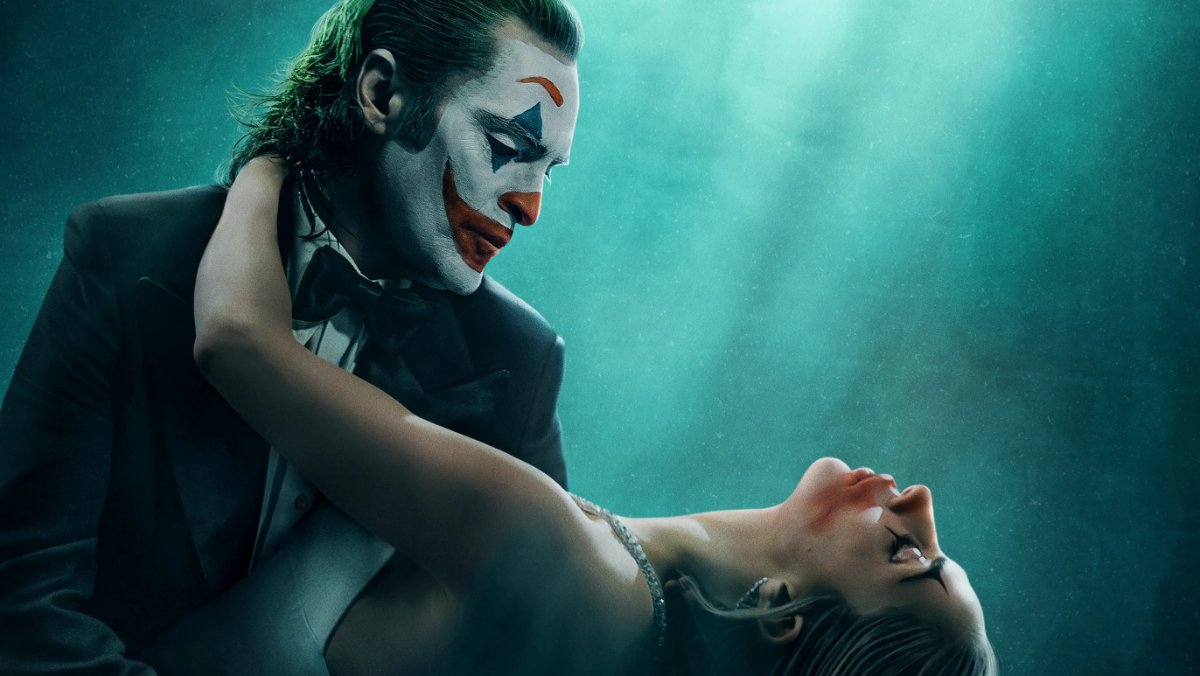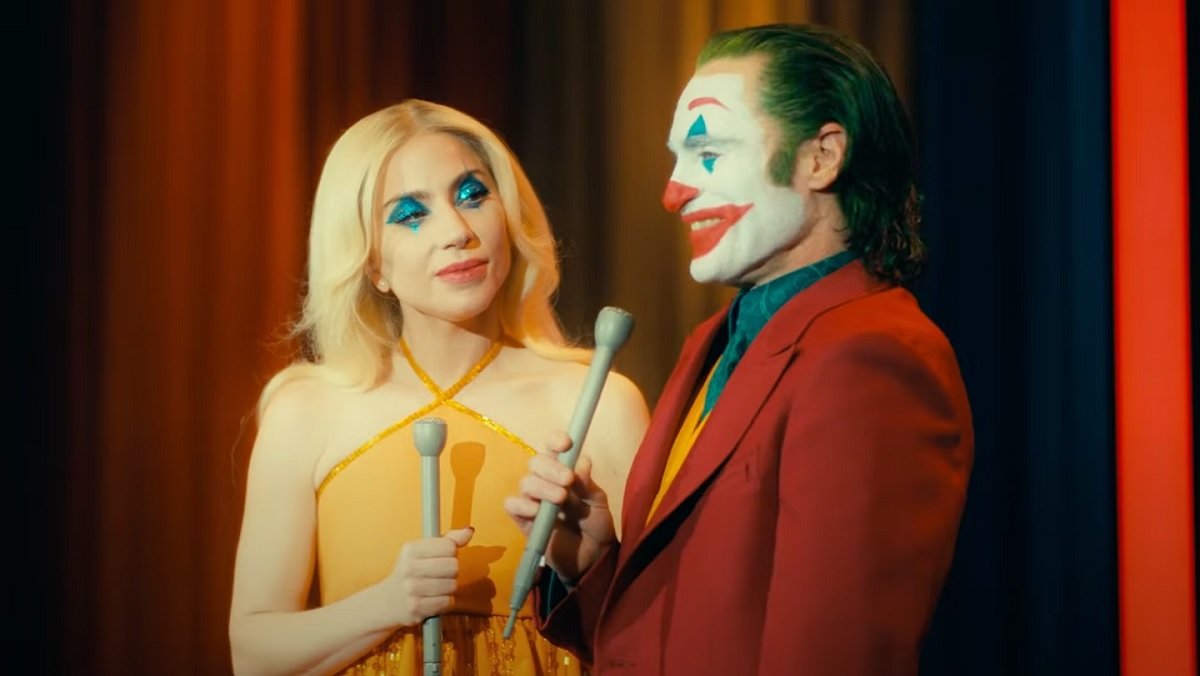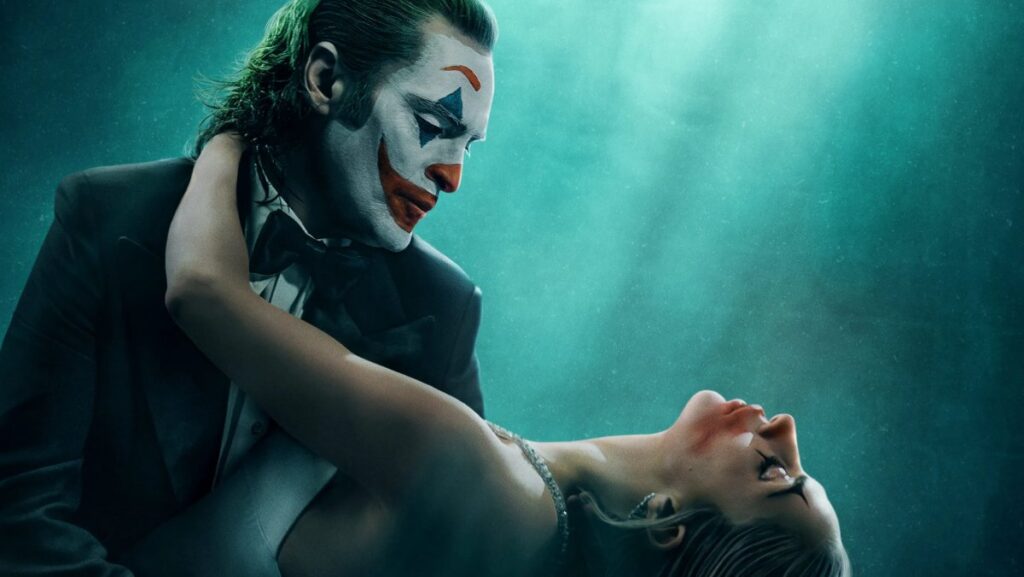Joker: Folie à Deux‘s main characters sing 15 classic songs along with some original works throughout the film. Yet director Todd Phillips doesn’t think his sequel is really a musical. This summer he told Variety, “Most of the music in the movie is really just dialogue. It’s just Arthur not having the words to say what he wants to say, so he sings them instead.” That led to some very predictable, very fair ridicule, since, you know, that’s what a musical is. But was Phillips actually right about his song and dance-filled followup to Joker? Actually, yeah, kinda! Because while Joker: Folie à Deux technically qualifies as a musical, it doesn’t feel like one spiritually.

In the purest definition, a musical is a production of stage or screen where characters sing songs to tell a story. There are many different ways to do that. Hamilton, La La Land, The Rocky Horror Picture Show, and Frozen are all very different, yet all clearly musicals. But having characters singing be a fundamental part of how a story is told is the one constant of all musicals.
Of course, while that is a simple enough way to define a musical, it’s not always easy to know if something actually qualifies as one. Mel Brooks original 1967 version of The Producers isn’t a musical despite having a couple of originals songs, but his 2005 Broadway version obviously is. But if its just a matter of a film having lots of songs and them being important to the story what about School of Rock? Is that a musical? How about This Is Spinal Tap? And how do we classify the Pitch Perfect movies? They feature characters singing throughout, and yet…

None of them feel like a musical, regardless of any technical definitions. They’re movies that feature characters singing a lot. As an audience we can tell the difference, a classic case of “I know it when I see it.” The problem with labeling Joker: Folie à Deux is that a lot of its musical moments feel like “characters singing” more than “characters in a musical.”
Joker: Folie à Deux does not employ a consistent point-of-view during its musical numbers. On a couple of rare occasions, the film goes full fantasy like in Chicago. Characters toss aside their normal clothes and surroundings to perform elaborate stage numbers. No surprise these are Joker 2‘s best uses of its musical elements. And if every musical number was done this way this would have been a once sentence piece. It would just say, “Yes, it’s a musical.” The issue is that far more often, though Arthur and/or Lee simply sing to one another in reality. These songs are so understated and quiet they might as well be two lovers singing to each other over the phone, which doesn’t feel very musical at all. It just feels like a regular movie where characters sing.
The result is a film that lives in a nebulous grey zone. It might be the single most difficult movie to ever try and label as a musical or not. It seems silly to say it isn’t one, since it absolutely qualifies by even the strictest technical terms. And yet, for all the reasons a viewer knows what a musical is without using a dictionary, Joker: Folie à Deux spiritually seems completely out of place in a genre that includes Singing in the Rain, The Lion King, and West Side Story. Like its main character, it’s all over the place. Arthur doesn’t know where he ends and Joker begins. The film doesn’t know where a movie with singing ends and a musical begins.
Whether or not you think its a musical or something musical-ish ultimately won’t change how youf eel about it. How the film uses its many songs will. But it is interesting that, somehow, Todd Phillips was both right and wrong when he said Joker: Folie à Deux is not really a musical.



